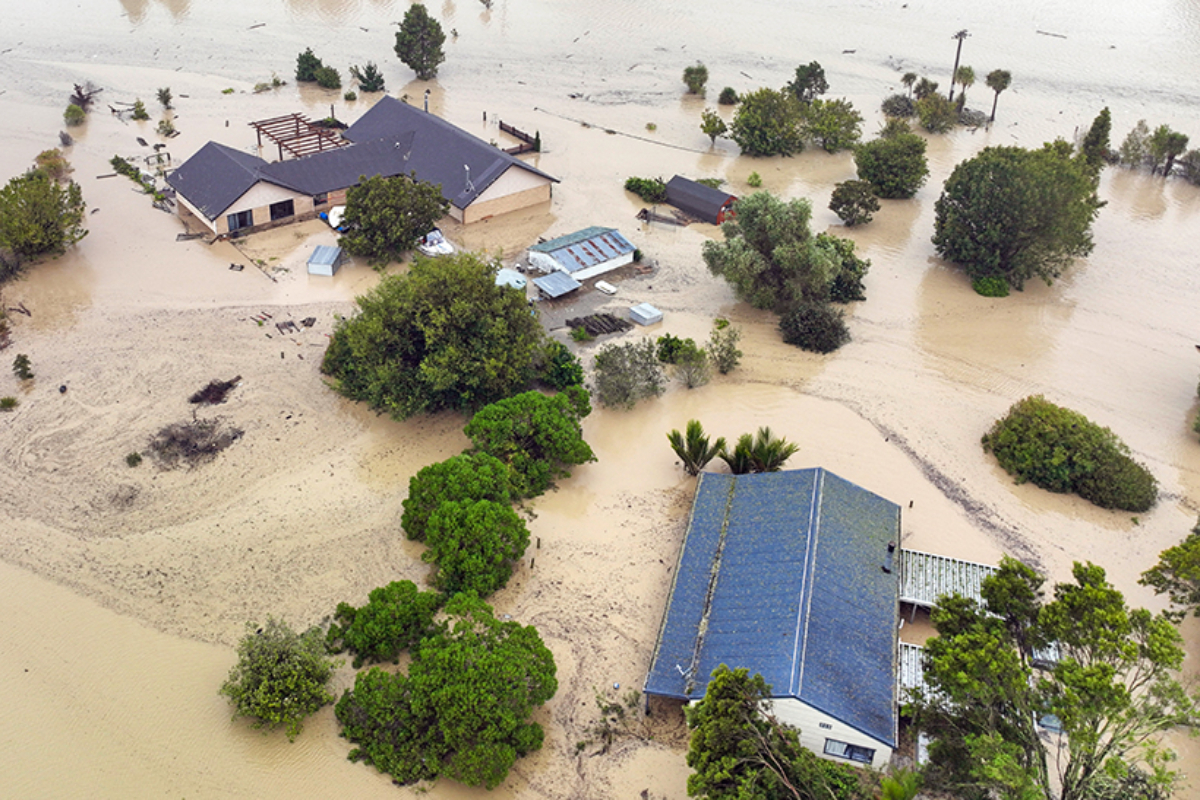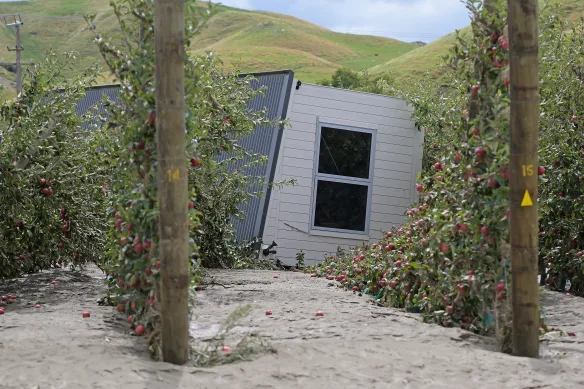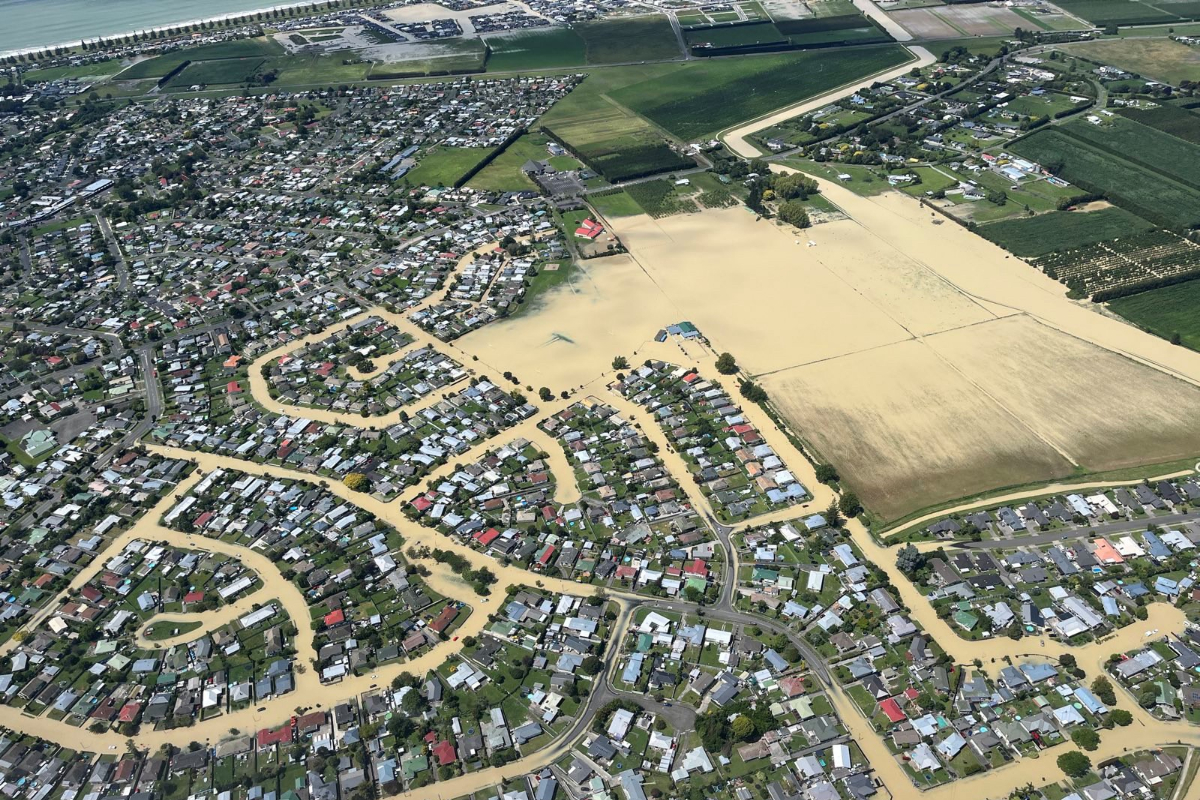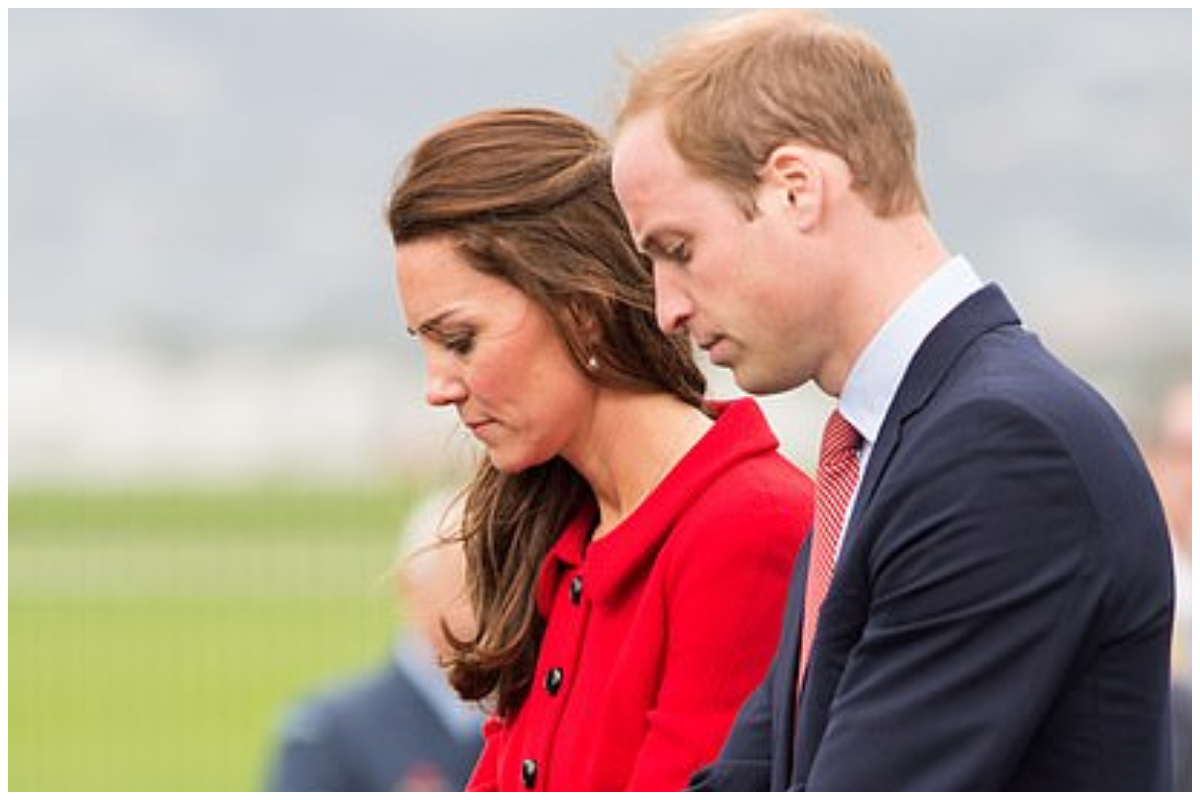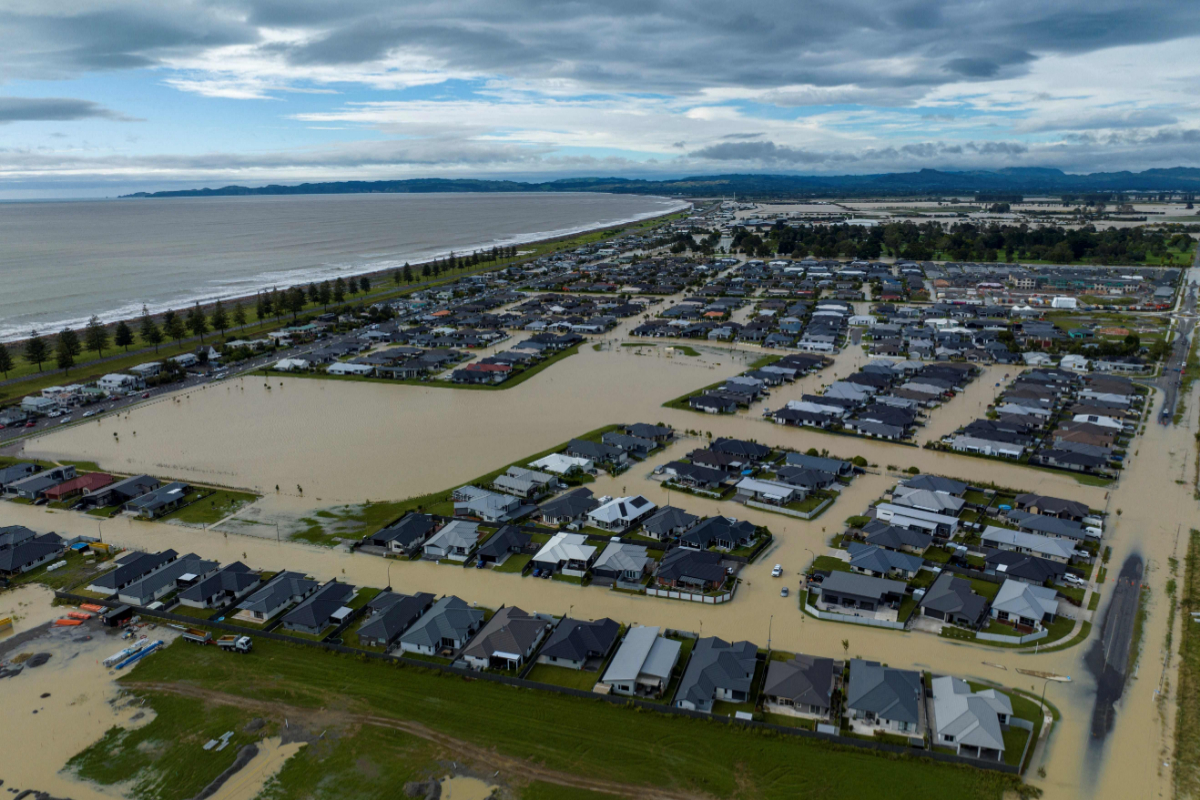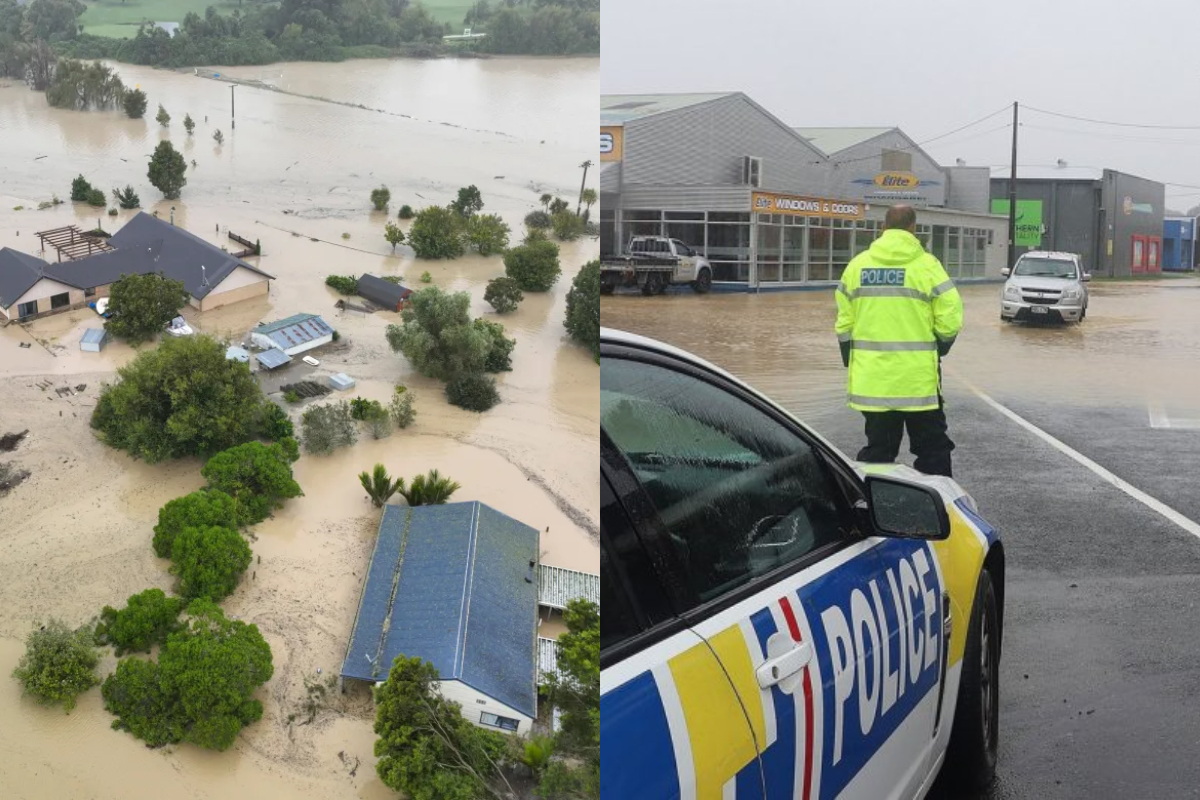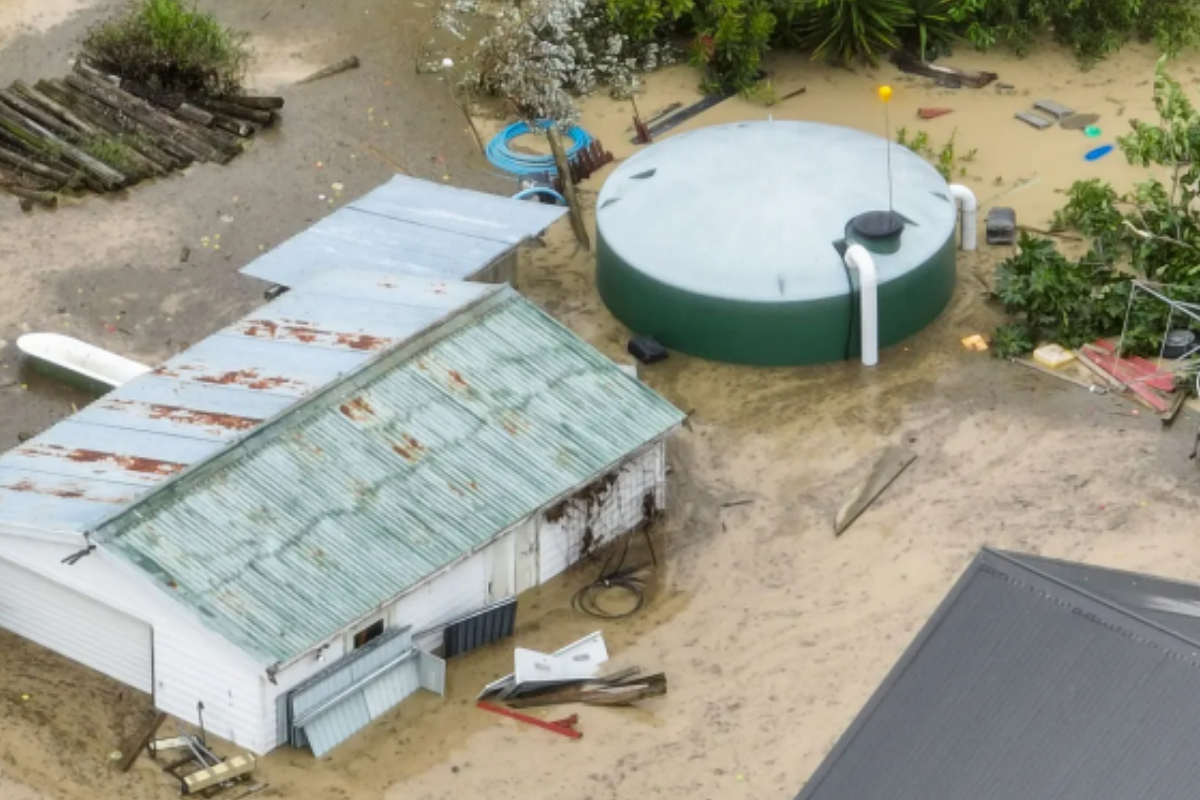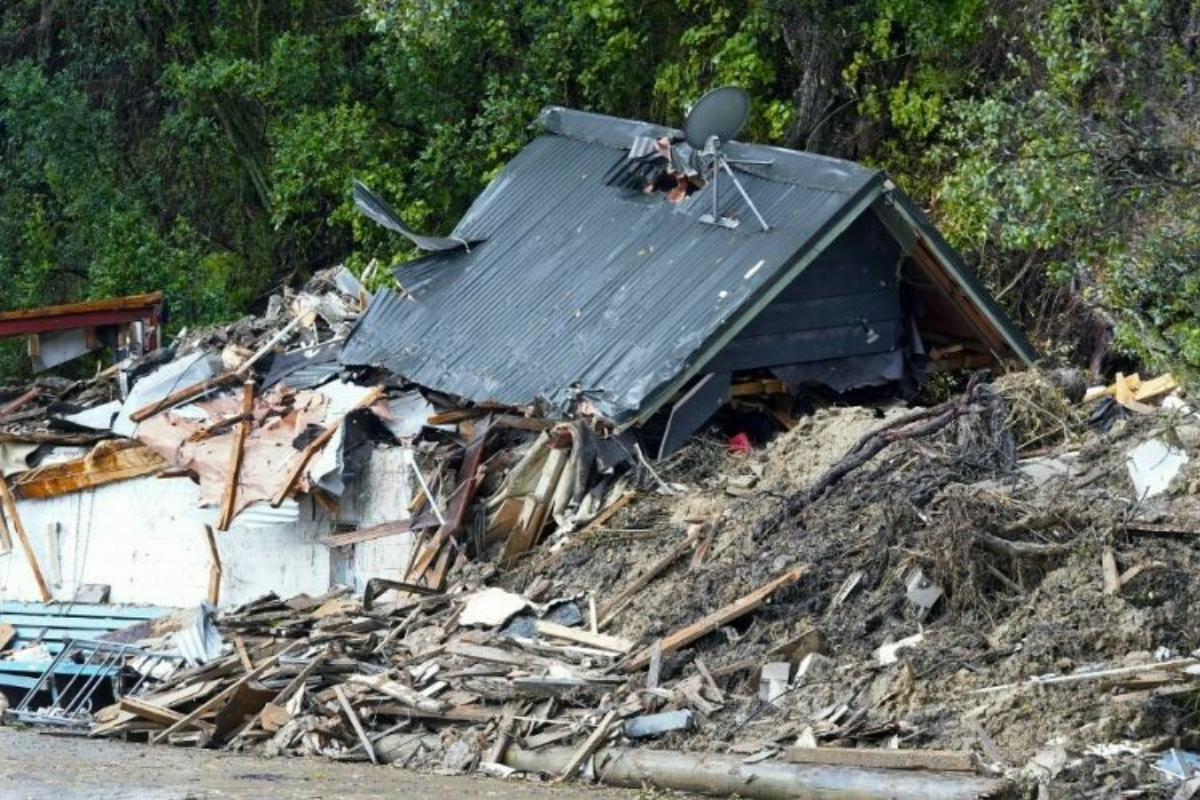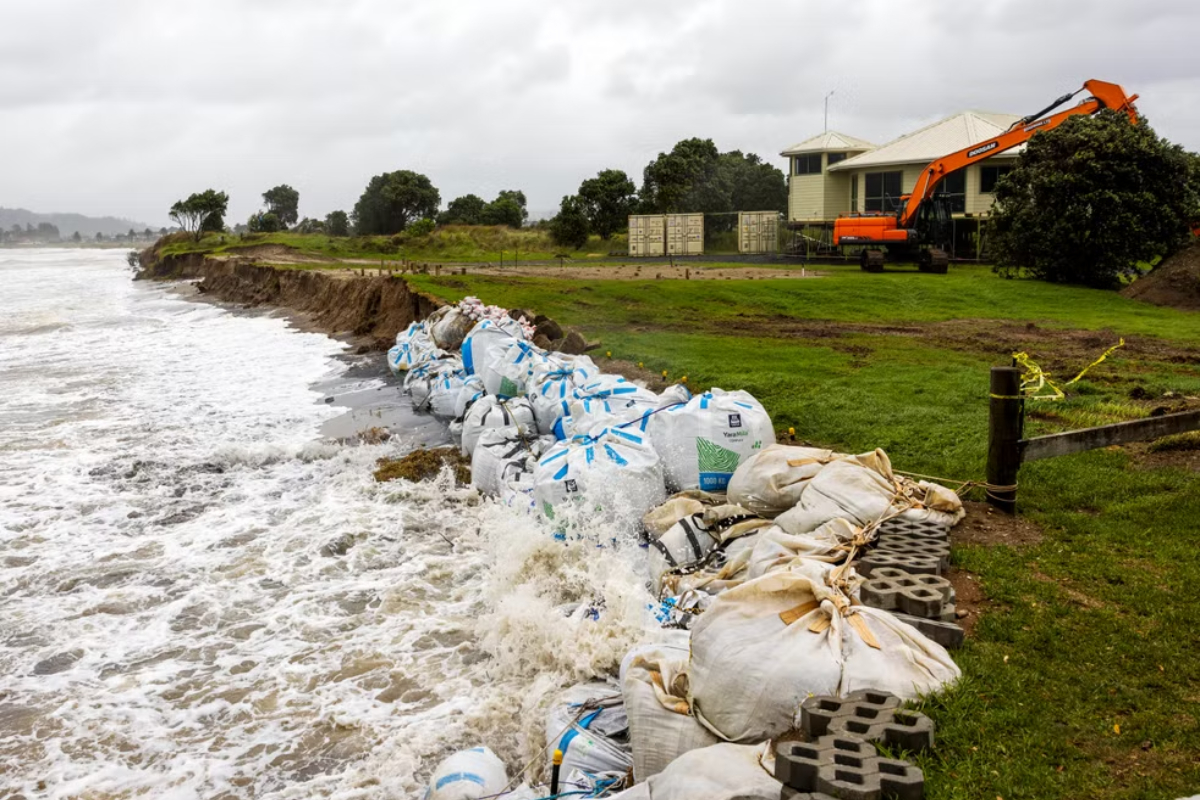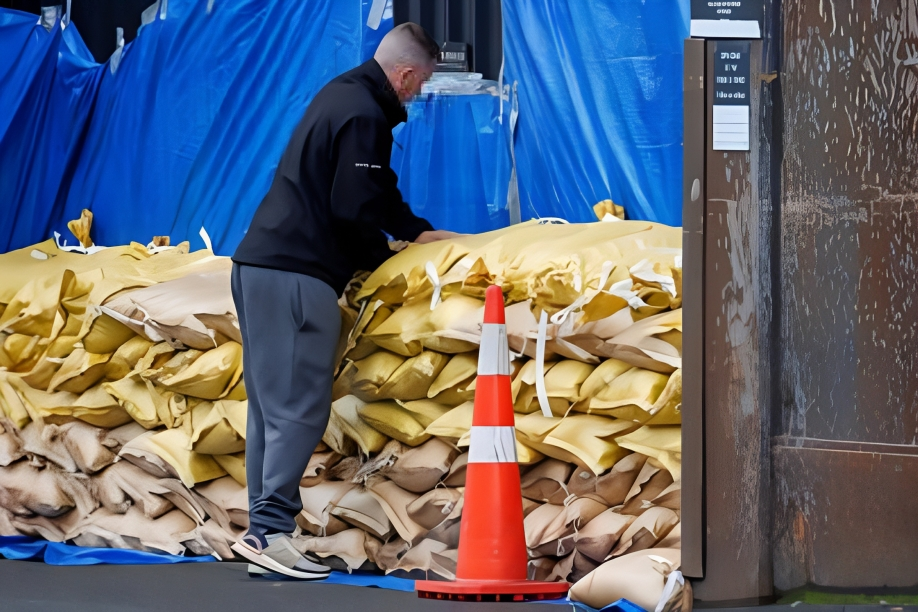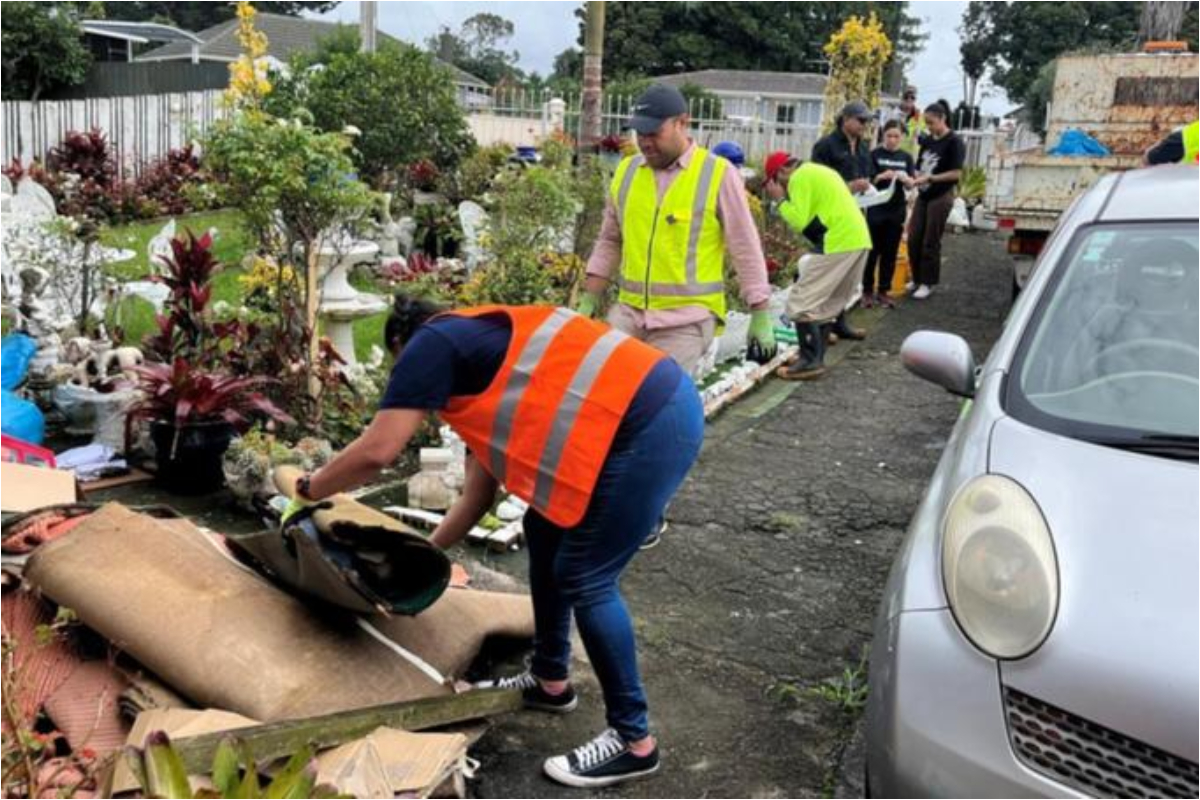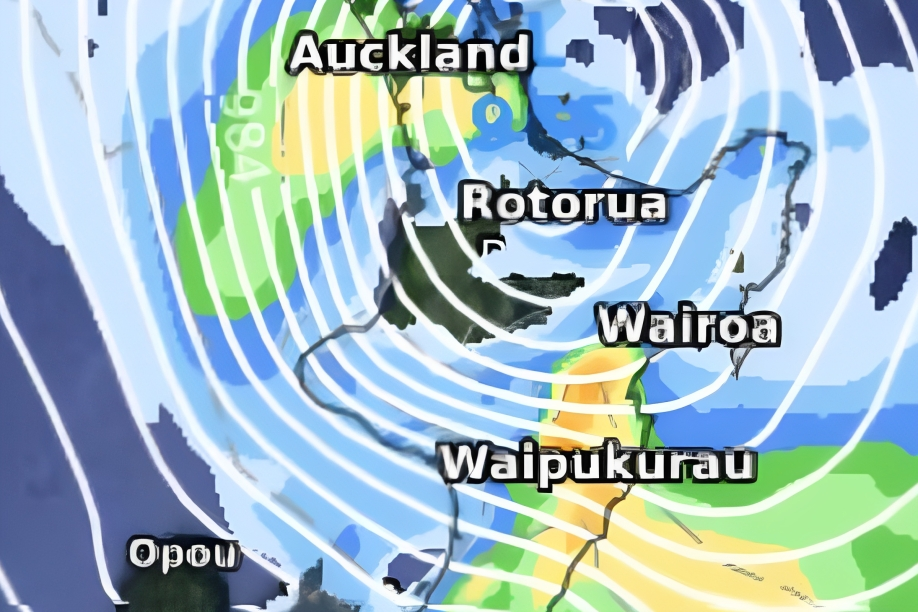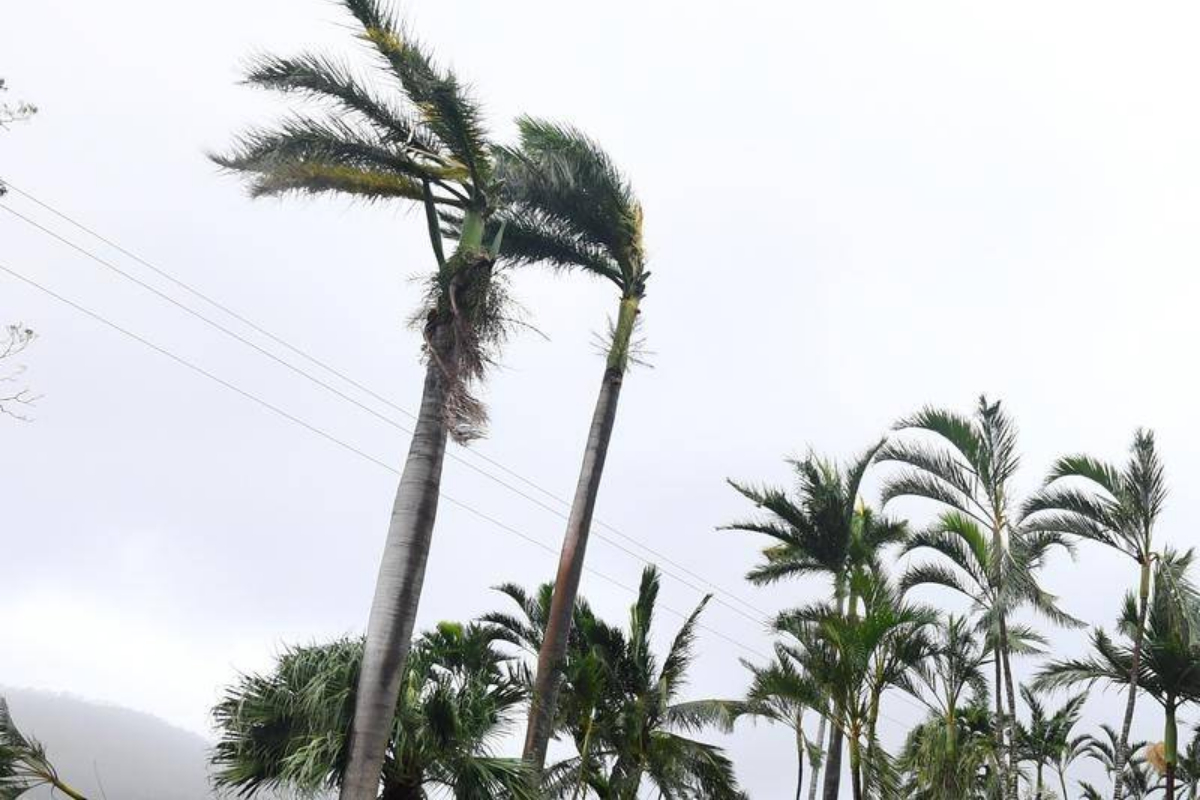- Cyclone Gabrielle pounded the country’s north.
- The government declared a nationwide state of emergency on Tuesday.
- The disaster is New Zealand’s worst weather event in a century.
Residents in New Zealand have been forced to swim to safety from flooded homes after Cyclone Gabrielle pounded the country’s north.
Due to the devastation caused by the storm, the government declared a nationwide state of emergency on Tuesday, only the third time in history.
According to Prime Minister Chris Hipkins, the disaster is New Zealand’s worst weather event in a century.
On Tuesday, officials said that at least 225,000 individuals were without power.
A firefighter has gone missing after becoming entangled in a landslide in Muriwai, west of Auckland. According to emergency officials, a second firefighter was gravely hurt.
The storm’s devastation was most severe in coastal villages on the North Island’s far north and east coasts, with Hawke’s Bay, Coromandel, and Northland among the most hit.
A third of New Zealand’s 5.1 million people reside in affected areas.
Marcelle Smith, who lives in a cliff-front property at Parua Bay on the east side of the North Island, told she escaped inland with her two small children on Monday night to safer ground.
Her husband had stayed behind to secure the family’s home. Some of the embankments that had been built had already been washed away, and they were still dealing with severe weather on Tuesday.
“We are trying to do everything we can to protect what we have put our lives into. It’s man versus nature at this point,”
According to local media, some Hawke’s Bay residents were forced to swim through bedroom windows to escape when floods overwhelmed their homes. Residents in the area have been warned that they may be without electricity for several weeks.
Aerial photographs of flooded areas showed individuals stranded on rooftops, awaiting assistance.

The destruction is massive, with uprooted trees, bent street lights and poles, and row after row of flooded dwellings.
The New Zealand Defence Force published dramatic images of officials rescuing a stranded sailor whose yacht was washed out to sea after its anchor rope snapped in high winds. Authorities say it was discovered off the coast of Great Barrier Island after an overnight search.
Overnight, more than 100 people rushed to evacuation centers in Auckland, according to officials.
“The severity and extent of the destruction that we are witnessing are unprecedented in a generation,” Mr. Hipkins said on Tuesday.
“We are still putting together a picture of the cyclone’s effects as it moves forward. But we do know that the impact is strong and ubiquitous.”
He has pledged NZ$11.5 million (£6 million; US$7.3 million) in charity to those affected by the disaster.
The storm was hailed as “unprecedented” by the Minister for Emergency Management, Kieran McAnulty, who declared a national state of emergency on Tuesday morning.
The emergency order enables the government to streamline its response to the disaster. It has been applied to the Northland, Auckland, Tairawhiti, Tararua, Bay of Plenty, Waikato, and Hawke’s Bay regions.
Only twice before has New Zealand proclaimed a national state of emergency: during the commencement of the Covid-19 pandemic and after the 2011 Christchurch earthquake.
The government has blamed the magnitude of the calamity on climate change.
“Of course, the severity of it is exacerbated by the fact that our global temperatures have already risen by 1.1 degrees,” said climate change minister James Shaw.
“We must stop making excuses for our inaction. When the beach is flooded, we can’t put our heads in the sand. We must act immediately.”
Cyclone Gabrielle made landfall in New Zealand just two weeks after heavy rains and flooding in the same area killed four people.
The country’s meteorological agency, MetService, on Tuesday, said Auckland had received about half of its annual rainfall in just the first 45 days of 2023.
The MetService says conditions are expected to clear in the coming days, and heavy rain warnings are being lifted for some parts of the country. But it has warned that wind could still cause further damage.
[embedpost slug=”/thousands-left-without-power-as-cyclone-gabrielle-lashes-new-zealand//”]
Read more

